I recently began attempts at molding recycled #2 plastic (HDPE - high density polyethylene).
First I looked for #2 plastics (most are marked), here's a Tide laundry detergent and a milk jug that I made use of:

Then I used Black & Decker cordless electric scissors to cut the plastic into smaller chunks:
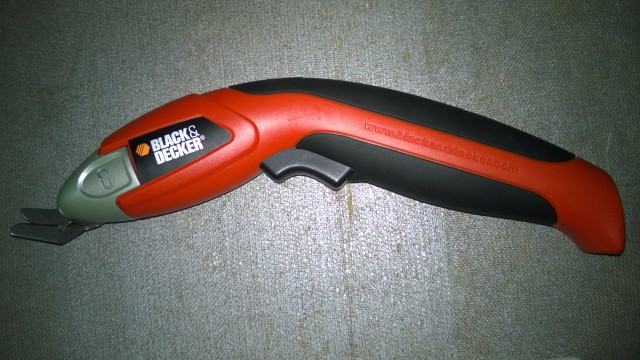
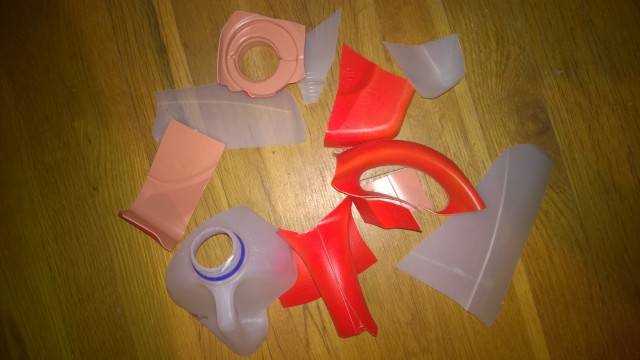
I then built a wood mold to form the plastic into a rectangular brick shape:
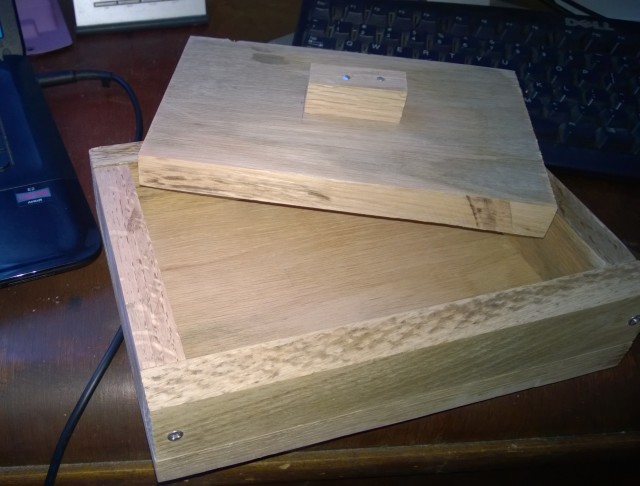
First I looked for #2 plastics (most are marked), here's a Tide laundry detergent and a milk jug that I made use of:

Then I used Black & Decker cordless electric scissors to cut the plastic into smaller chunks:


I then built a wood mold to form the plastic into a rectangular brick shape:

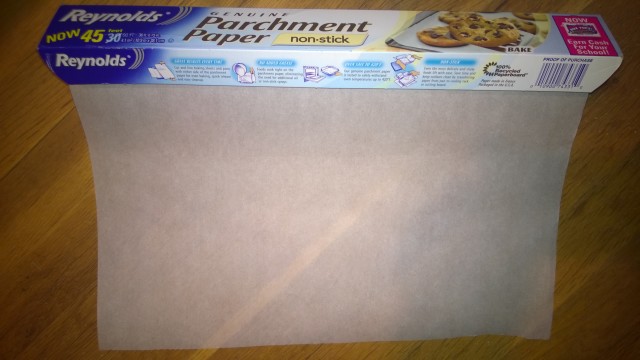
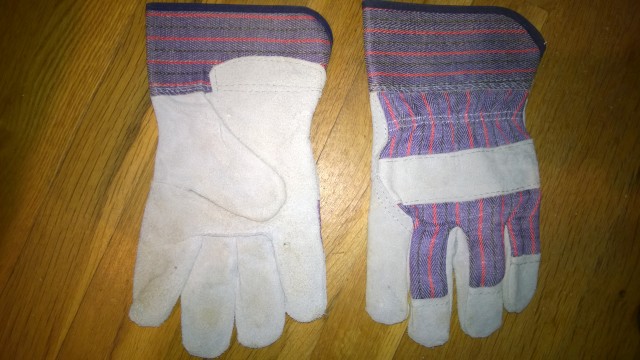
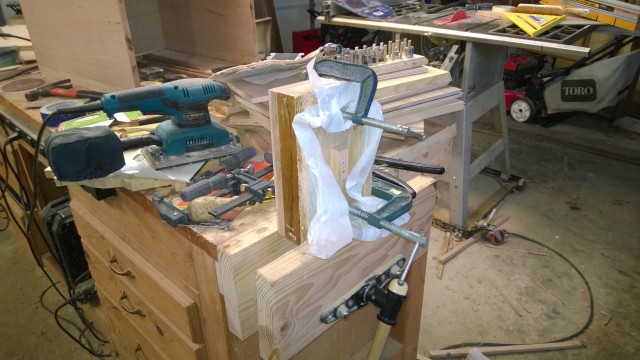
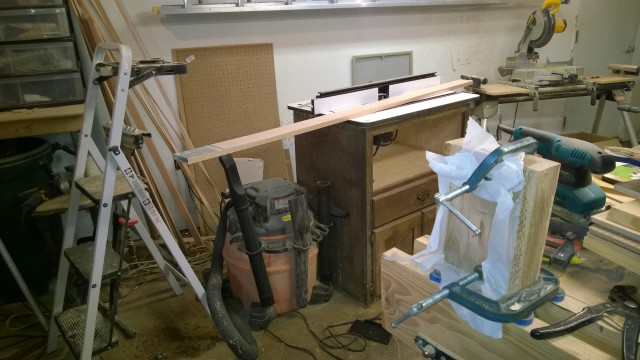
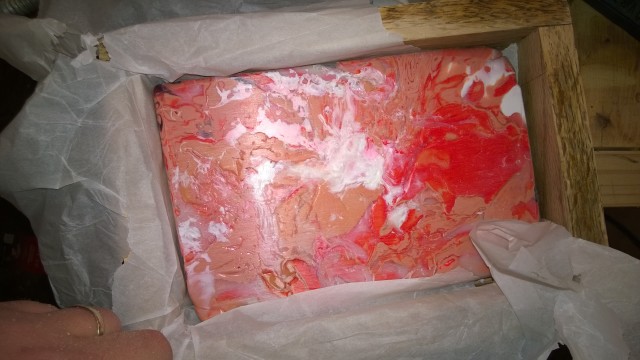
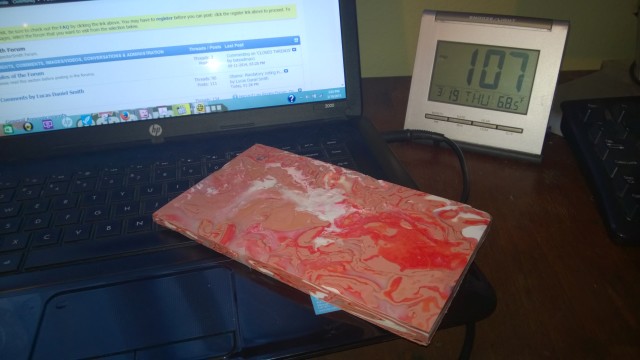
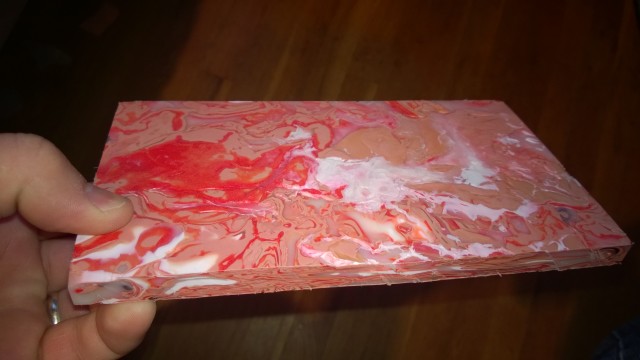


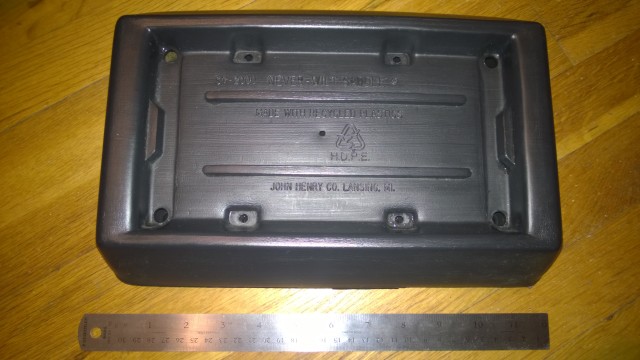
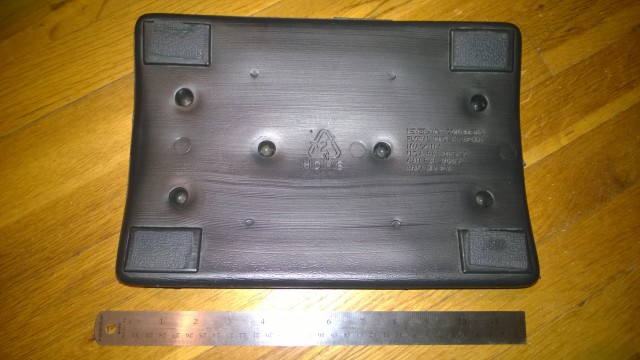
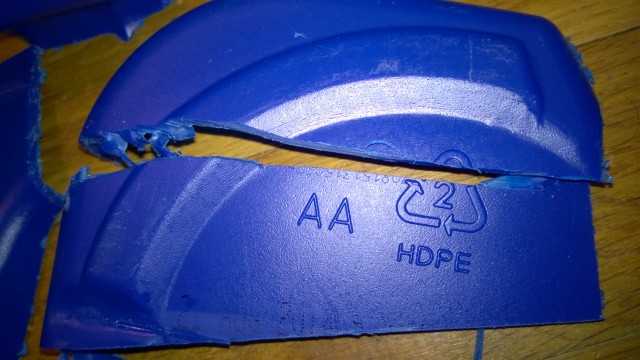
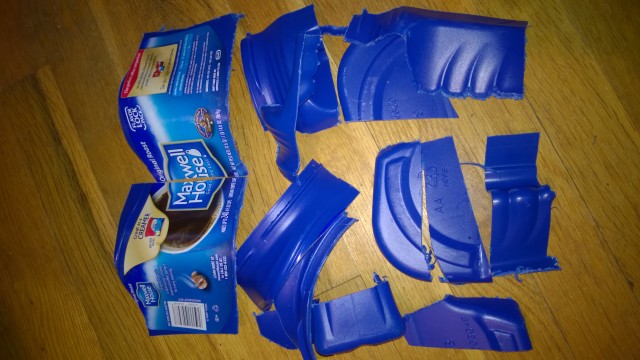
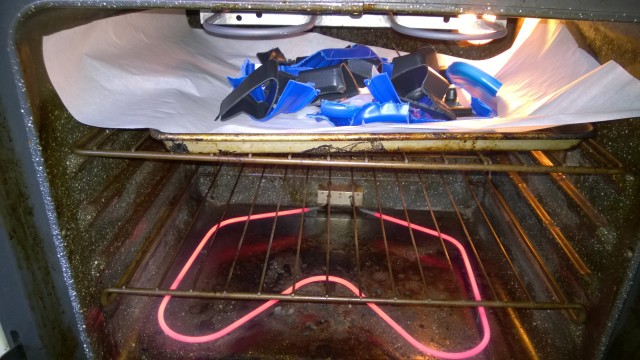
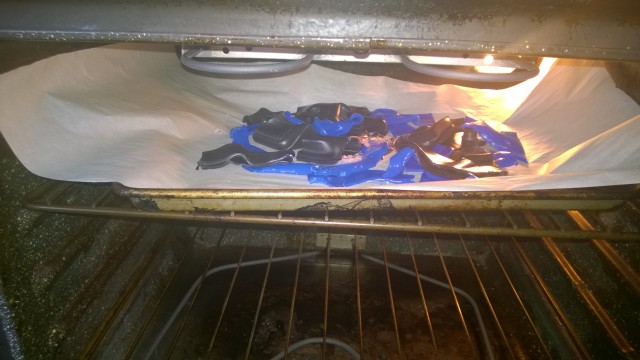
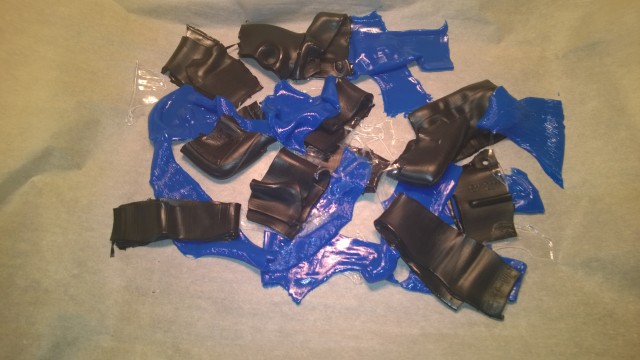
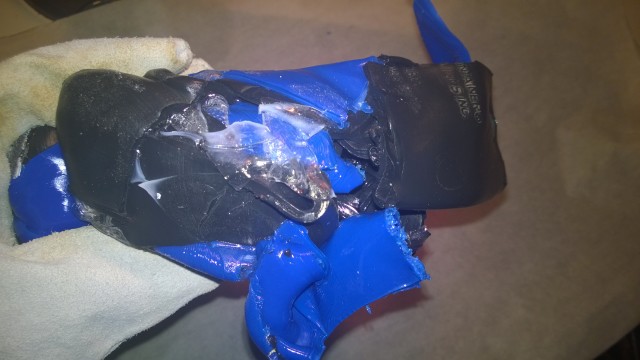
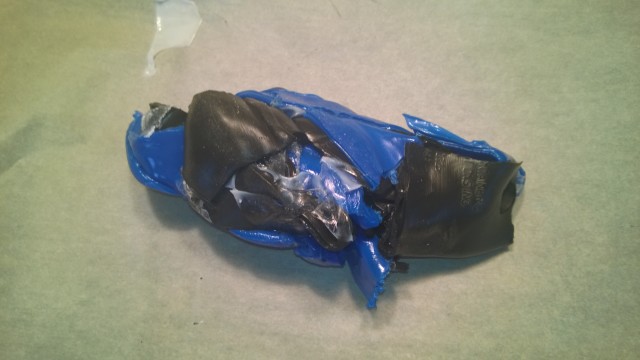
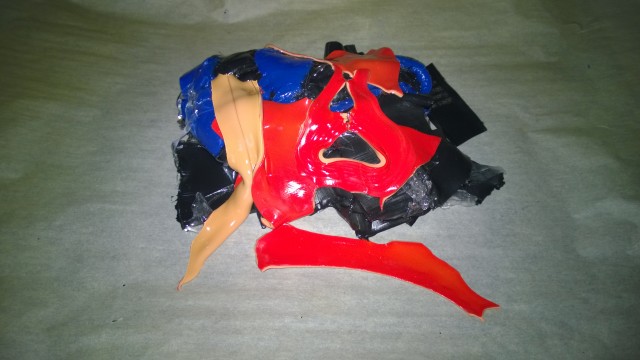
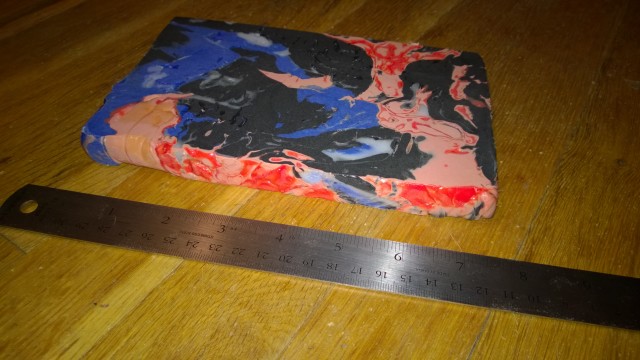
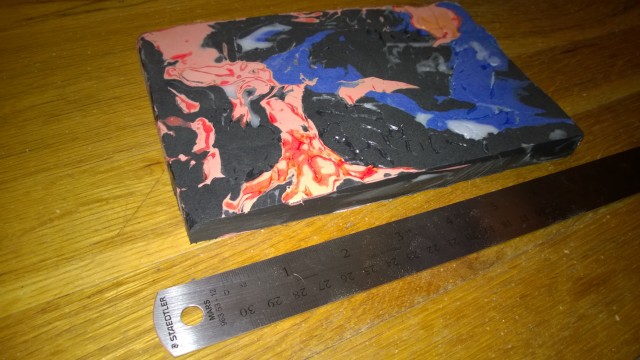
Comment